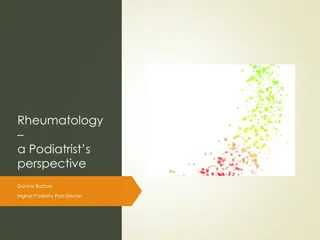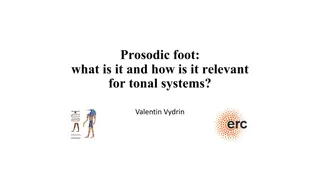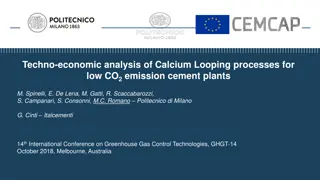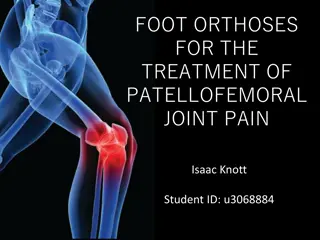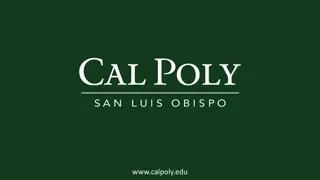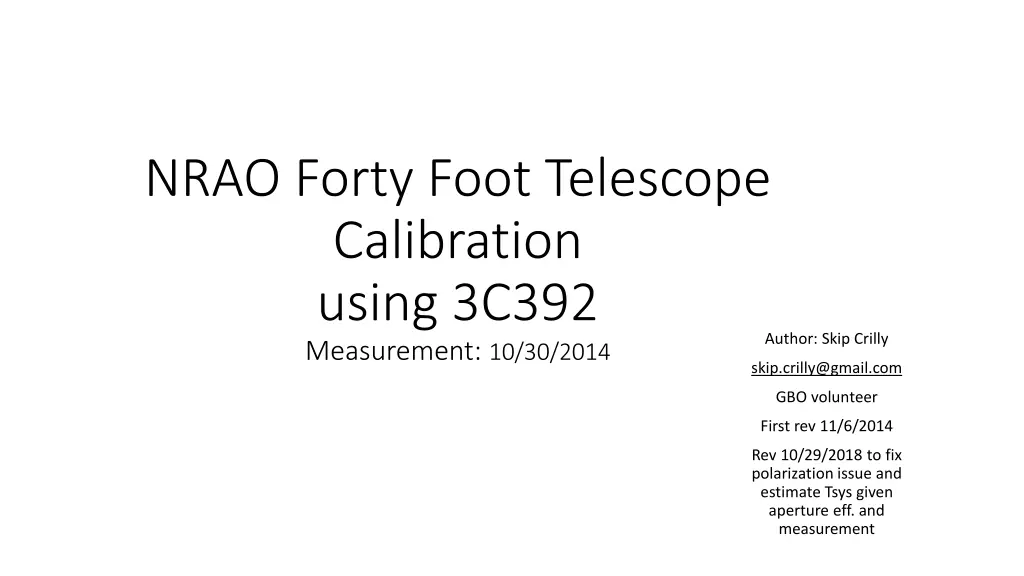
Forty Foot Telescope Calibration with 3C392 Measurement
Skip Crilly conducted calibration using 3C392 measurement at the NRAO Forty Foot Telescope. The estimation of Tsys and aperture efficiency was done based on assumptions. The conclusion suggests a 4.4 K increase in antenna noise temperature due to the object. The calibration process and measurements were critically analyzed for potential improvements.
Download Presentation

Please find below an Image/Link to download the presentation.
The content on the website is provided AS IS for your information and personal use only. It may not be sold, licensed, or shared on other websites without obtaining consent from the author. If you encounter any issues during the download, it is possible that the publisher has removed the file from their server.
You are allowed to download the files provided on this website for personal or commercial use, subject to the condition that they are used lawfully. All files are the property of their respective owners.
The content on the website is provided AS IS for your information and personal use only. It may not be sold, licensed, or shared on other websites without obtaining consent from the author.
E N D
Presentation Transcript
NRAO Forty Foot Telescope Calibration using 3C392 Measurement: 10/30/2014 Author: Skip Crilly skip.crilly@gmail.com GBO volunteer First rev 11/6/2014 Rev 10/29/2018 to fix polarization issue and estimate Tsys given aperture eff. and measurement
Prediction of Tsys based on assumptions Assumptions 3C392 flux = 171 Jy at 1420 MHz in two polarizations; unpolarized source assumption Ref: Table in Forty Foot observer s guide RA 18h 53m 37s; Decl. +1deg 18m (1950.0) Ref: P.R.R. Leslie - Observatory 80,23, 1960 Antenna aperture physical area calculated = 117 m^2 Aperture Efficiency is assumed to be 60% -> Effective Aperture = 70 m^2 Tsys is assumed to be 40 K SNR 3C392 size is smaller (35mx27m) than antenna beamwidth FWHM (~1 deg) Reference: Green s Catalog - Cavendish Laboratory Object Received Power: 171 Jy x 10^-26 (W/Hz m^2)/Jy * 70 m^2 = 1.20 x 10^-22 W/Hz -189.2 dBm/Hz in two polarizations ; -192.2 dBm/Hz in each of two polarizations Expected Receiver Noise Power @ Tsys = 40K: -174 dBm/Hz -10*LOGBASE10(290 K /40 K) = -182.6 dBm/Hz Single polarization Object Noise to Tsys Noise Power (dB) = -192.2 dBm/Hz (-182.6 dBm/Hz) = -9.6 dB; -9.6 dB -> 4.4 K increase in Antenna Sys. Temp is expected due to object measured in one polarization, assuming 40 K Tsys, and 70 m^2 effective area
Measurement +0.45 dB power measurement change when on and off object Strip chart paper was left in the Forty Foot receiver room Cross calibration of the +0.45 dB increase used a +-0.001 dB resolution HP power meter compared to measured strip chart recorder pen movement. This calibration could be improved; error estimated = +-0.05 dB +0.45 dB to linear power ratio -> 10^(0.45/10) = 1.109 ratio 1.109 ratio at 40 K Tsys corresponds to 4.4 K increase due to object
Conclusion Estimate based on assumptions is that 3C392 will result in 4.4 K increase in assumed 40K dark sky antenna noise temp 3C392 was measured at 4.4 K increase in 40K assumed dark sky antenna noise temp Aperture Efficiency and Tsys are reasonably close to estimates Calculation and measurement error can be estimated more accurately Better Tsys estimate and Aperture Efficiency can be researched Additional work: Additional sources can be checked Check assumptions about Tsys and Aperture Efficiency Improve strip chart calibration accuracy, i.e. cross-calibration The other polarization measured approx. +-10% compared to the measured polarization A&B Channels were manually matched to ~ +-10% This should be followed up with improved calibration Pointing issues To Do verify assumptions, check calculations and measurements



